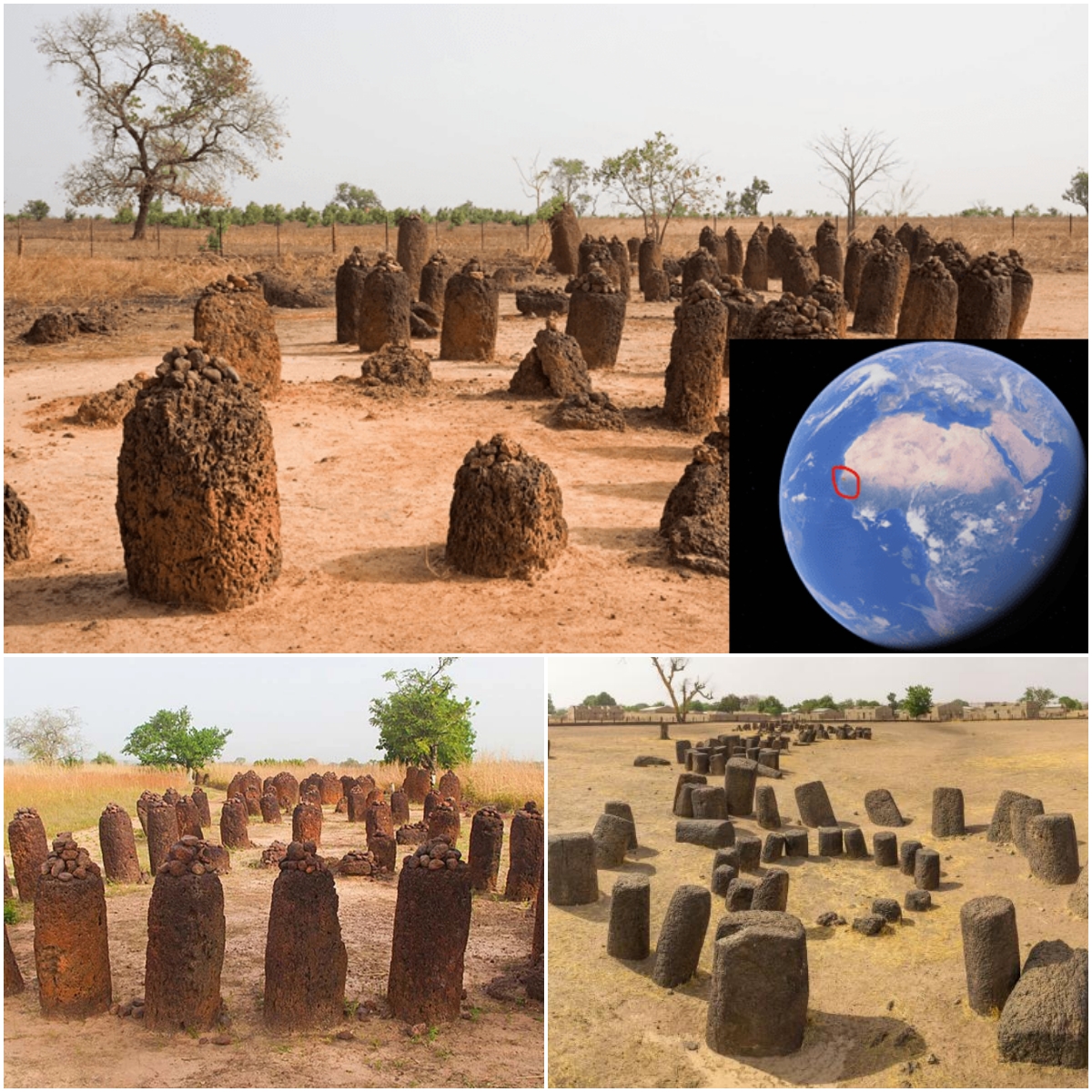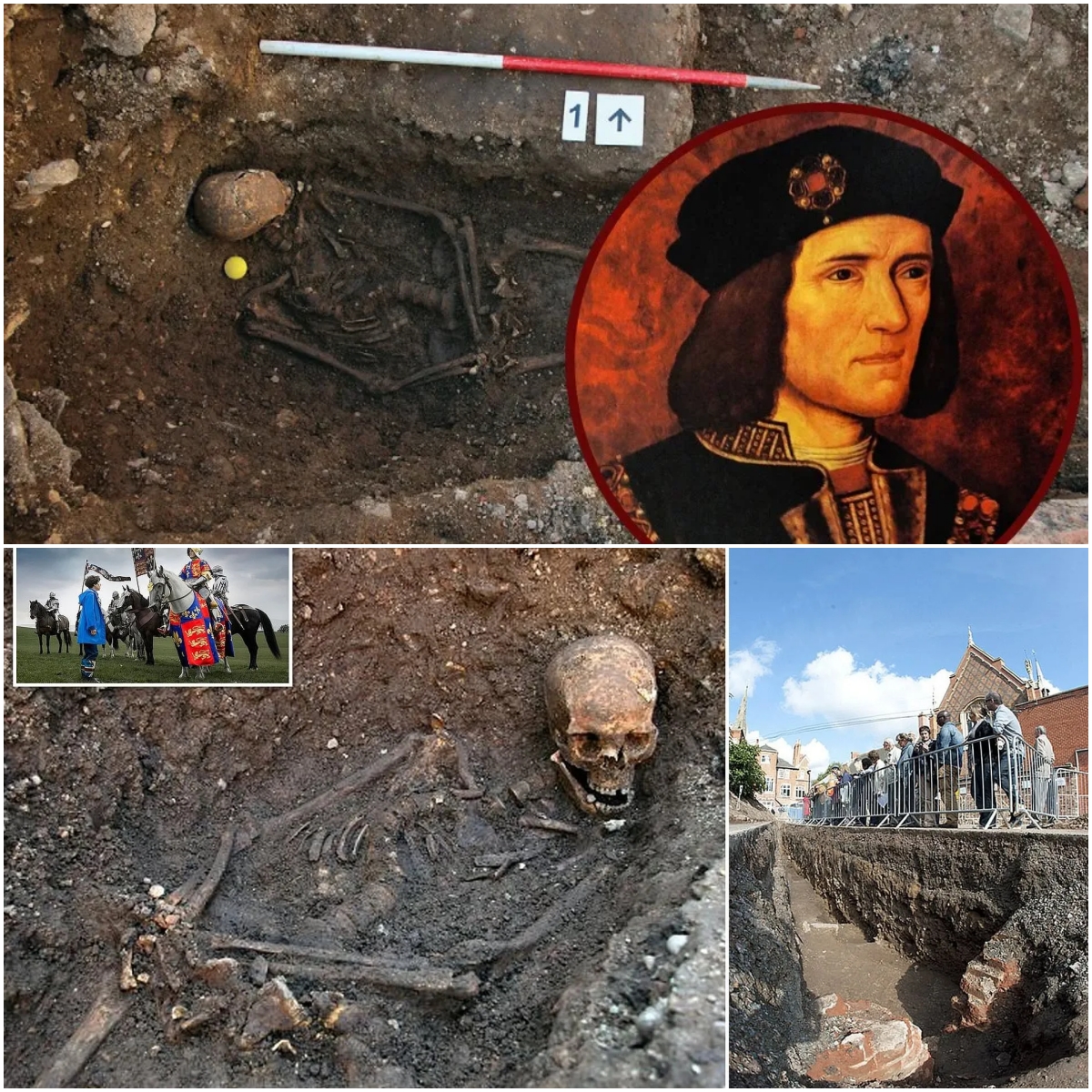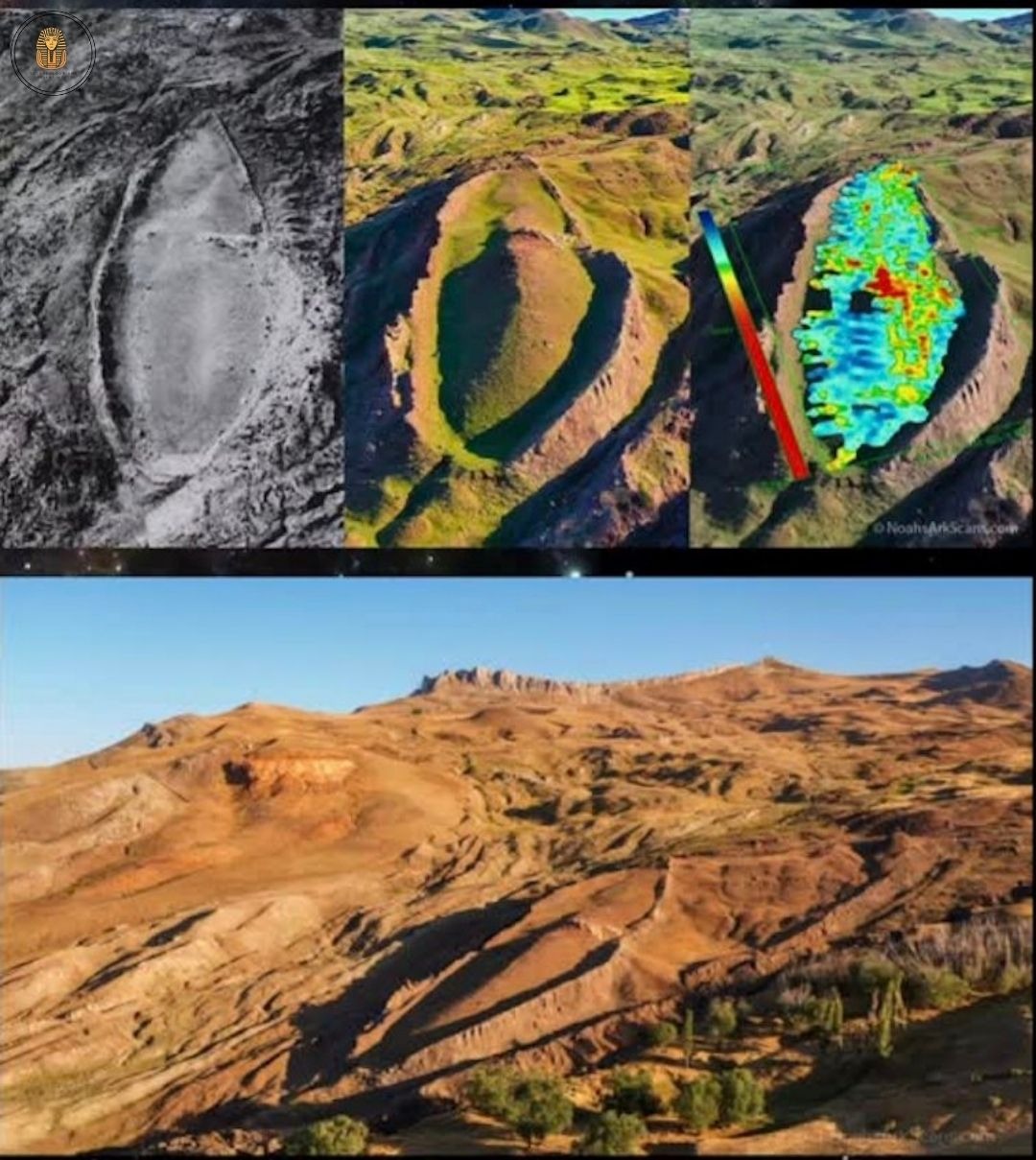Vishnu Temple’s Geological Puzzle: Natural Wonder or Ancient Craftsmanship?
Vishnu Temple is situated two miles south-southeast of the Cape Royal overlook on the canyon’s North Rim, 1.5 miles south of Freya Castle, and two miles east-southeast of Wotans Throne, its nearest higher neighbor. It towers 4,900 feet (1,500 meters) above the Colorado River. According to the Köppen climate classification system, Vishnu Temple is located in a cold semi-arid climate zone. According to explorer Frederick Samuel Dellenbaugh, Vishnu Temple is “without doubt the most stupendous mass of nature’s carving in the known world.”
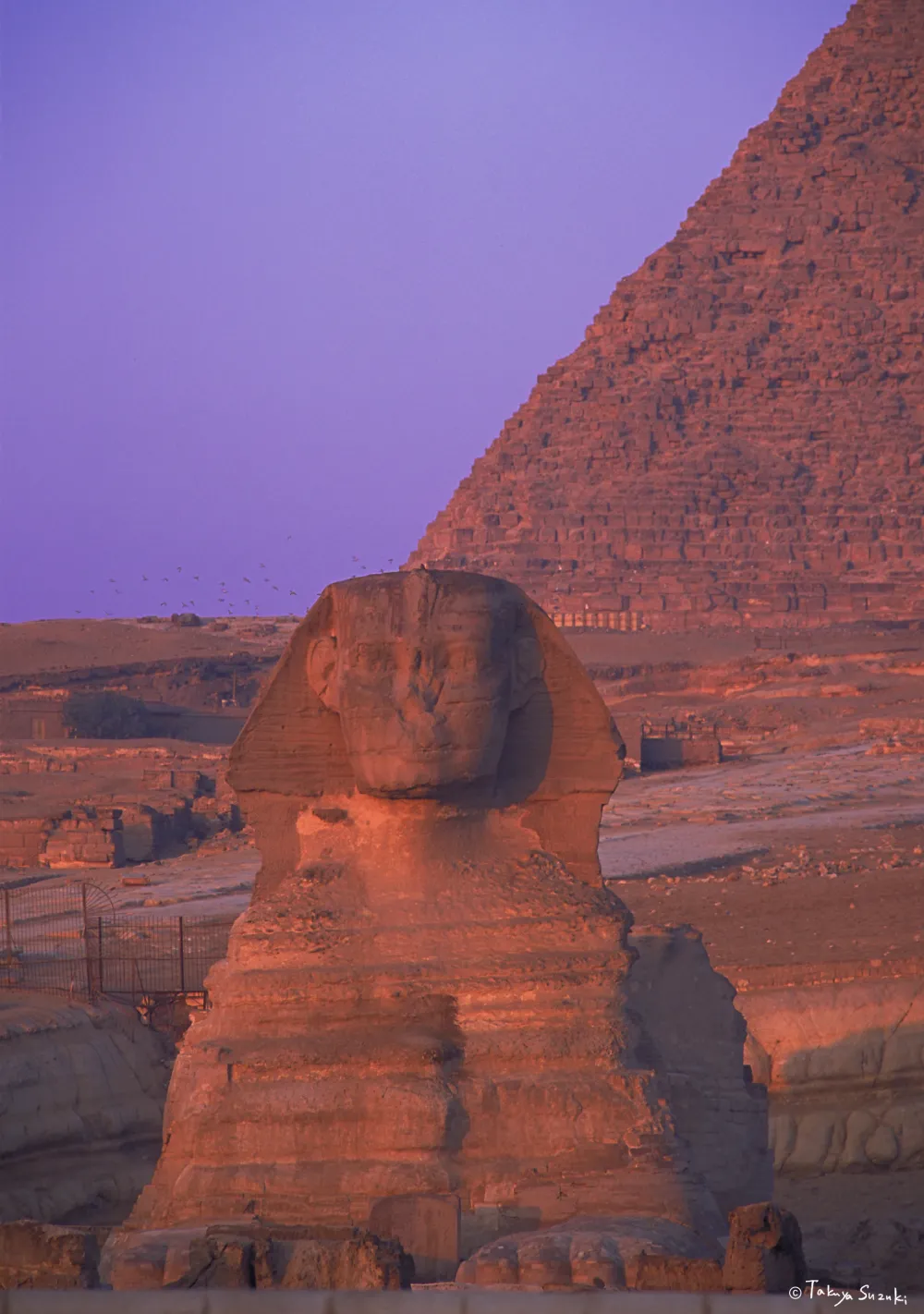
The formation at Vishnu Temple in the Grand Canyon presents an intriguing resemblance to the Sphinx and the pyramids of Egypt. This observation prompts speculation regarding the nature of rock formations and their resemblance to man-made structures, offering an interesting perspective on natural geological processes.
Vishnu Temple is named for Vishnu, the Hindu deity, redeemer of the universe. This toponym was applied in 1880 by Clarence Dutton, who thought this mountain resembled an oriental pagoda when he began the tradition of naming geographical features in the Grand Canyon after mythological deities. This geographical feature’s toponym was officially adopted in 1906 by the U.S. Board on Geographic Names. The first ascent of the summit was made by Merrel Clubb and his son on July 13, 1945.
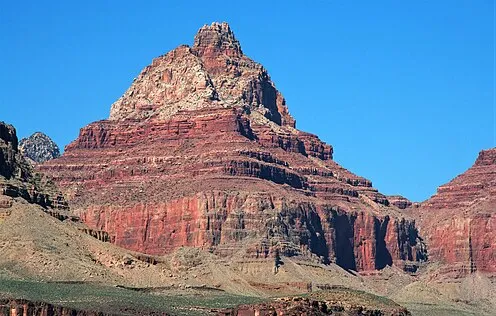
The summit of Vishnu Temple is composed of cream-colored, cliff-forming, Permian Coconino Sandstone with a Kaibab Limestone cupola caprock. The sandstone, which is the third-youngest of the strata in the Grand Canyon, was deposited 265 million years ago as sand dunes. Below the Coconino Sandstone is slope-forming, Permian Hermit Formation, which in turn overlays the Pennsylvanian-Permian Supai Group. Further down are strata of Mississippian Redwall Limestone, Cambrian Tonto Group, and finally Proterozoic Unkar Group at creek level. Precipitation runoff from Vishnu Temple drains south into the Colorado River via Vishnu Creek on its west side and Unkar Creek on the east side.
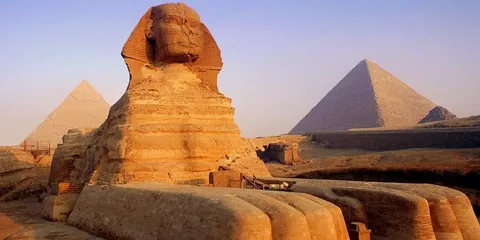
The grandeur of Vishnu Temple, with its immense elevation and unique rock formations, continues to captivate geologists, historians, and adventurers alike. Its imposing structure, combined with the rich geological and cultural history of the Grand Canyon, makes it a significant landmark for both scientific study and exploration.


